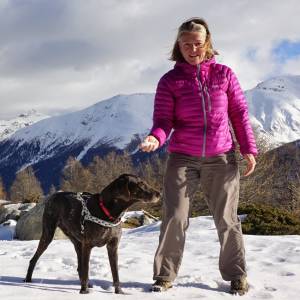Architecturally designed houses
These houses in the village were originally designed to put the cattle underneath, the hay, carts etc. on the main floor along with the main room and sleeping quarters above. They were built in wood. During the mini ice-age when the winter temperatures were often -40 degrees C, the wealthier villagers plastered their houses, working around the original wooden beams and thickening the walls as they did so (see the curved arches beam width apart). With techniques picked up from the Venetians they also learned to scratch delicate designs into the setting plaster, usually around archways and windows. Thus, the unique character of one of the most important Engadine villages was formed.
Only two years ago the last farmhouse in the village stopped putting the cows in. Interestingly, there are still a number of the original towers left in the village and these would often be the "headstart" of any new building project. Hence you see houses pieced together from different periods, reflecting the desire to preserve what originally stands but get the building work done in the relatively brief summer periods.
Much of this I learned today on the historical tour of Zuoz, given for the new staff at the Lyceum. Both the school and village feel very special and I have no doubt the feeling will continue to grow the more we get to know it.

Comments
Sign in or get an account to comment.


